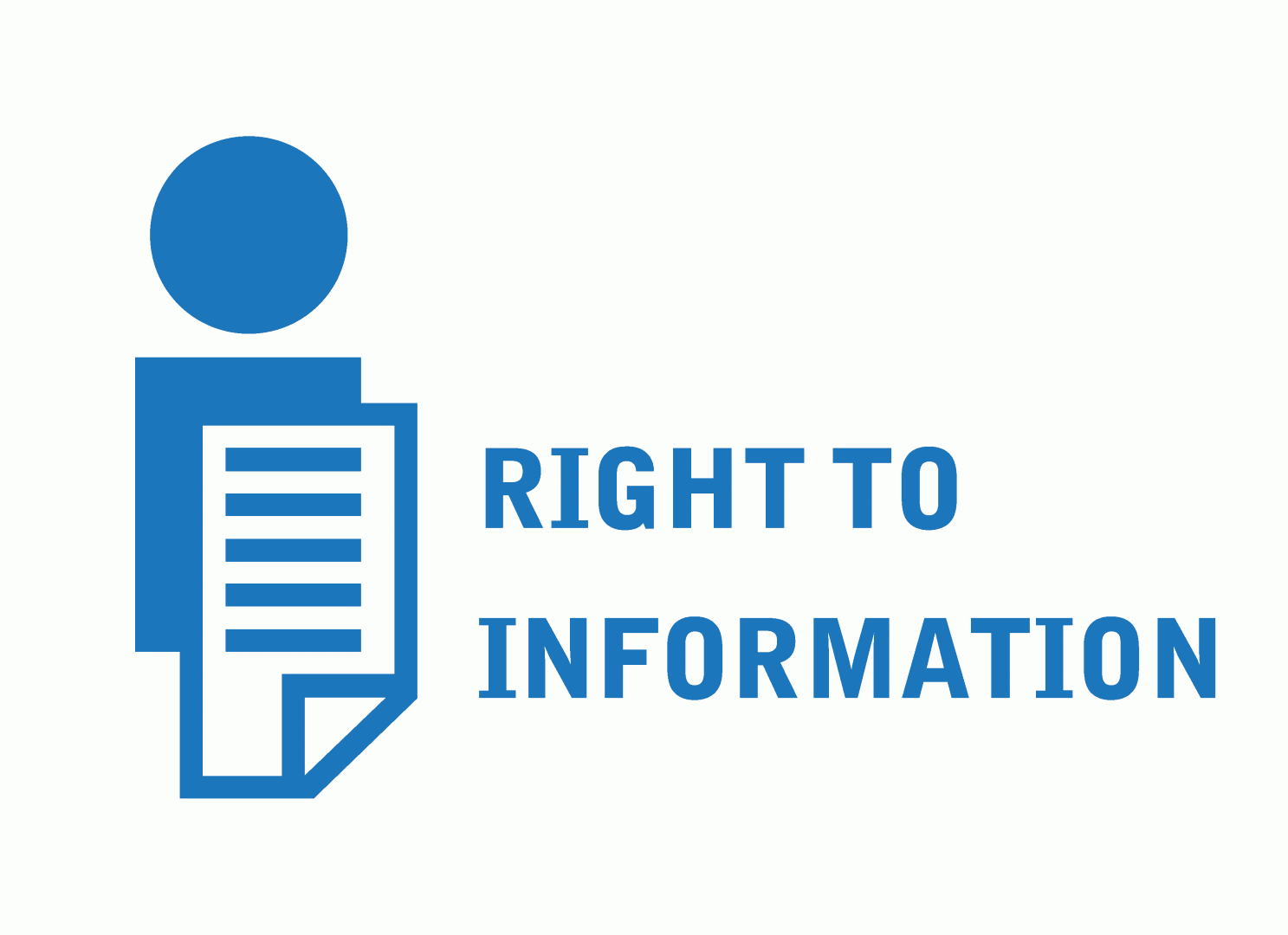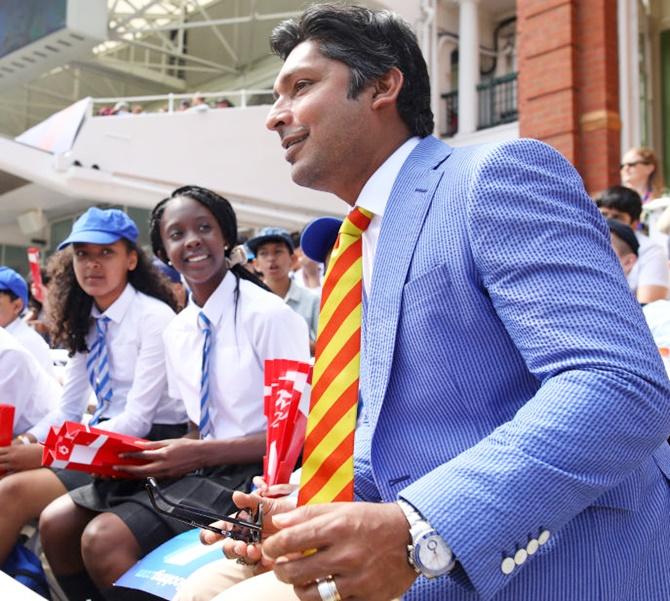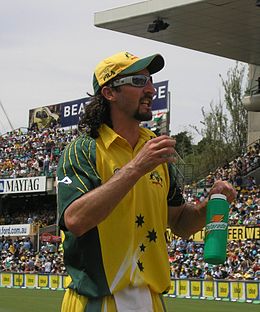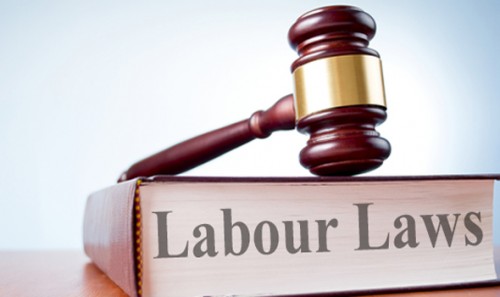
A couple days back, our Prime Minister through an adress on national television announced a complete lock-down for 21 days to contain the mayhem caused by COVID-19. He even warned of consequences of violating it.
I agree that this was needed in the larger interest of public. There arise circumstances when fundamental rights of the citizens must be restricted in the interest of the public at large. As an old saying goes 'desperate times call for desperate measures'.
However, this measure was not intended to affect the supply of essential commodities and medicines. Also the essential services such as police, defence, postal services have been kept out of its purview.
However, this measure was not intended to affect the supply of essential commodities and medicines. Also the essential services such as police, defence, postal services have been kept out of its purview.
Why this CM sir?
If you go through the list of essential services, you won't be able to find visiting the temple in the list. But you will be surprised to know that when the entire nation was facing the curfew like situation and when many violators of the lock-down were being hit by lathis of police, Chief Minister of Uttar Pradesh took courage to visit the site designated for Ram Mandir. He was there to shift Lord Ramlalla within the temple site.
Was this the immunity or urgency? Immunity to CM sir that COVID-19, like other tragedies remains at an arms length from political big guns.
Or the urgency to shift lord Ramlalla to a secure place away from the reach of the deadly virus.
Well the latter arguments holds strength in the light of the unanimous verdict of the apex court in the most highlighted dispute of the decade. By the end of 2019, the Janmabhoomi-Babri Masjid title dispute case was resolved, wherein a five-judge Supreme Court bench declared Ram Lalla as a juristic person.
It might be the case that having been recognised as a juristic person, CM sir would have been more cautious to quarantine Ramlalla else it might have adversely affected sentiments of the worshipers.














